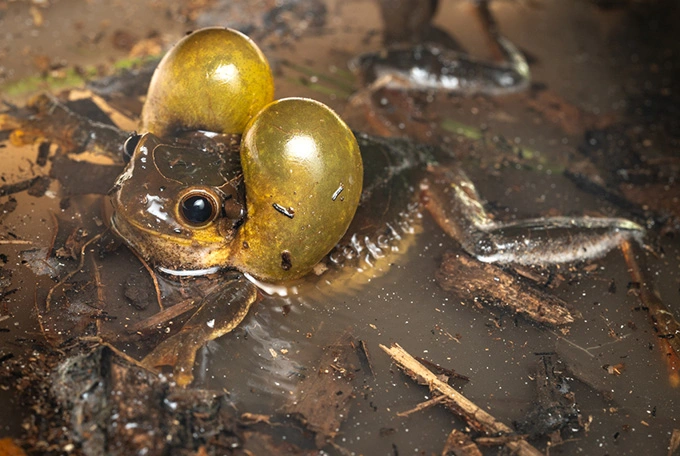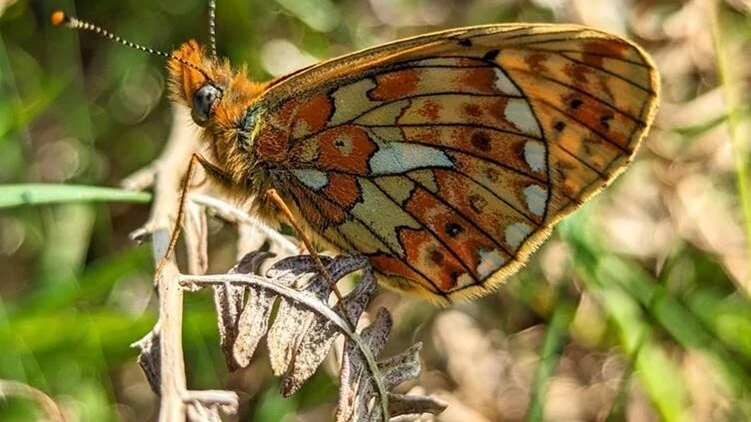Two years ago, the UK government invested around $15 million into Natural England, its national conservation body, with the goal of halting species decline.
Now, the results are in — and the effort has paid off. More than 150 species that were once in trouble are showing signs of recovery, earning Natural England top marks for its work.
The funding supported 63 projects in partnership with 78 organizations across the country. The list of success stories is enough to inspire any wildlife enthusiast.

One of the most remarkable milestones came from the lady’s slipper orchid, an iconic and extremely rare flower. After more than three decades of painstaking seed collection, the orchid has finally managed to propagate naturally in the wild — a major breakthrough.
Seabirds also benefitted in a big way. Conservation teams created or restored 686 acres of nesting habitat for species such as the common tern, little tern, and Sandwich tern. Meanwhile, butterflies got a boost thanks to 56,000 new food plants planted at key sites — including marsh violet for the small pearl-bordered fritillary and devil’s-bit scabious for the marsh fritillary.
Among the standout achievements was the return of the red-billed chough to Kent. For the first time in over 200 years, a wild chick hatched there, supported by a grant-funded breeding and release program.
Other efforts included building 633 new breeding structures — nest boxes and similar shelters — to support species such as otters, dormice, bats, willow tits, and other vulnerable birds.
Together, these projects highlight how strategic funding, collaboration, and long-term dedication can bring struggling species back from the brink — offering real hope for the UK’s biodiversity.
